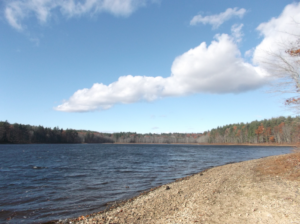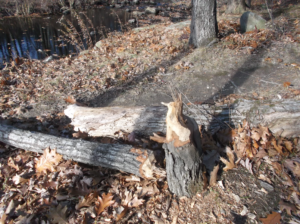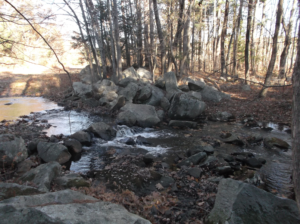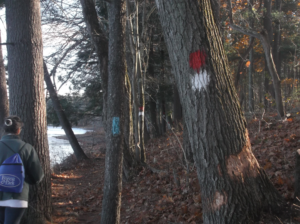I don’t know when the hash tag caught on, but today is designated as #GivingTuesday for 2016. What with the days following Thanksgiving now named Black Friday, Small Business Saturday, and Cyber Monday, it was inevitable that someone would try to come up with more reasons for spending money. At least today we get to part with our hard-earned dollars for a good cause, one of our own choosing. As I understand it, #GivingTuesday is a global day for giving back. From Twitter, I learned that $168M was raised online on #GivingTuesday. That’s up 44% from 2015.
Here’s what I did:
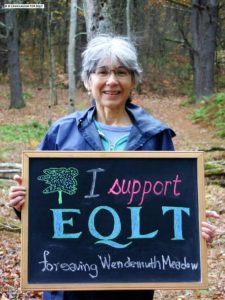
The East Quabbin Land Trust, whose mission is to conserve our land and preserve our heritage, set a goal of raising $5,000 in a day, and with the enthusiastic participation of many individuals, they exceeded that goal. An anonymous donor will match each donation up to the $5,000 goal, which means the organization raised over $12,000 on November 29th.
I often wonder about the impact of charitable giving (I suppose that’s a topic for another post), because sometimes the numbers, even when they’re very specific, seem so abstract. For example, I’ve been a supporter of the University of California-Berkeley for a number of years, for no good reason, in the sense that I did not attend school there, I don’t live in California, and I don’t really know anyone who is associated with the university. They came up with the idea of a “Big Give” a few years back, so I decided to participate. This year, the Big Give took place on November 17; in 24 hours, they raised $11,679,693 from 9,672 gifts. That seems amazing to me. I suppose I should feel good about my donation and believe them when they say:
This effort supports students, faculty, and research, keeping Berkeley the No. 1 public university in the world. From the smallest gift to the biggest, your generosity to Berkeley holds truly transformative power on campus and in the world at large.
